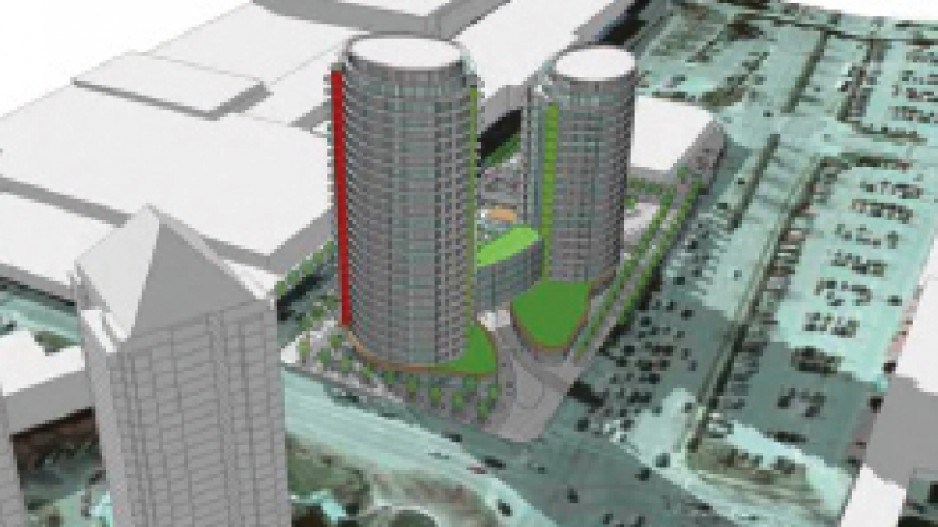Increasingly polarized visions for the future of the North Shore are stirring tension as at least 20 real-estate projects wind their way through various stages of development.
British Pacific Properties president John Conicella believes it is inevitable there will be a dramatic change in the way people live in West Vancouver and North Vancouver city and district because of:
•a disproportionally high percentage of old housing stock;
•a rapid evolution toward smaller households; and
•existing housing types and forms that don’t meet residents’ social or economic needs.
“There’s an underlying fault line of change that we’re just starting to see,” Conicella said. “It’s going to feel a lot like growth, but it’s not. It’s change.”
Growth, he said, would simply be more single-family homes on smaller lots. Change will be more density in different housing forms such as tall condominium towers and other multi-family dwellings.
Conicella’s company, which built the Lions Gate Bridge 75 years ago and developed the British Properties in the same era, is in the early stages of what Conicella considers its most ambitious West Vancouver project in decades: the 653-unit, 215-acre Rodgers Creek development above the Upper Levels Highway, where 93% of the homes are set to be in multi-family buildings connected via 8.5 kilometres of trails.
While Rodgers Creek construction will be slow and spread across an undetermined number of years, major development in North Vancouver will be far more brisk in part because so few homes are in condominiums.
Conicella pointed to Statistics Canada data that showed only 18% of homes in North Vancouver are condos. That compares with 29% in West Vancouver and 40% across Metro Vancouver.
City of North Vancouver council in March approved Onni Group’s request for a massive redevelopment of the Safeway site at Lonsdale and 13th Street: 344 condominiums in 24-storey and 18-storey towers, along with an eight-storey office tower and commercial units.
Public consultation for the project revealed a dramatic schism of public opinion, according to Beau Jarvis, Onni’s vice-president of development.
“The community is … so polarized that people in different groups don’t even believe that the other exists,” he said. “What we’re seeing now is a demographic shift, a generational shift.”
North Vancouver was one of Vancouver’s first suburbs, and many current residents moved there to raise a family 30 to 40 years ago. The result, Jarvis said, is that areas such as Deep Cove, Lynn Valley and Edgemont Village are established neighbourhoods packed with single-family homes so expensive that many younger people who were raised in North Vancouver can’t afford to buy them.
He said their needs clash with parents who envision the area as the low-density paradise near nature that they moved to decades ago to get away from downtown.
Another factor exacerbating tension is the lack of an effective way for the younger generation to provide policy feedback.
“The younger generation is time-impoverished,” he said. “The paradox is that policy planning for the future in general is receiving no input from the people who it will impact the most as the policies are implemented over time.”
Jarvis said he took 53 minutes to complete an online municipal feedback form while his wife took more than an hour.
“During that time we had three young children crying, fighting and having bathroom accidents,” he said. “We need to be creative and offer more and simpler avenues for consultation and engagement.” •




